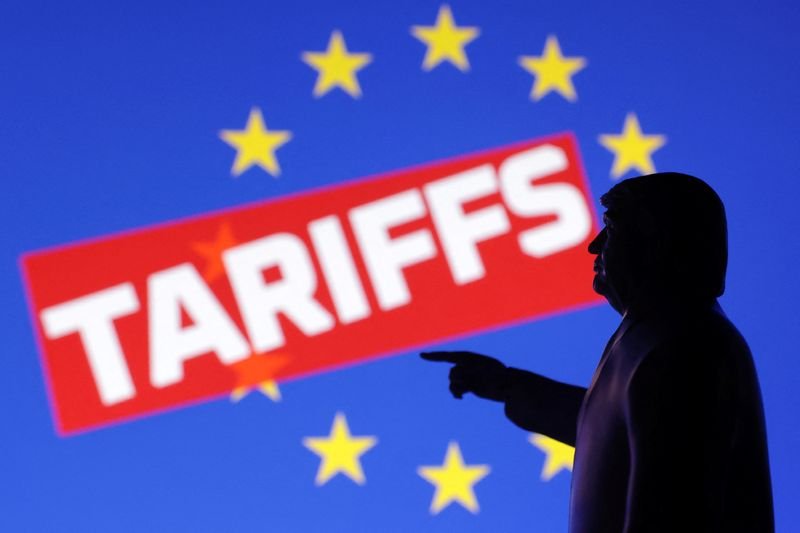Trade Deals Between the U.S. and Europe: Current Landscape and Challenges
Recent negotiations regarding trade agreements between the United States and Europe have been a focal point for both regions. Tensions and complexities surrounding these discussions have raised questions about the future of international trade in the wake of different economic strategies.
The State of U.S. and European Trade Relations
The trade relationship between the U.S. and Europe is intricate, shaped by a long history of economic interactions and political influences. As both regions strive for growth, they face unique challenges that could influence trade outcomes. Tariffs, regulatory standards, and market access remain central issues in ongoing negotiations.
Economic Impacts on Trade Decisions
Economic conditions play a pivotal role in shaping trade policies. Recent financial fluctuations have prompted both the U.S. and European leaders to rethink their strategies. Economic indicators, such as inflation rates and employment statistics, significantly affect the negotiating climate, making it crucial for leaders to align their approaches to foster effective trade agreements.
Key Issues in U.S.-Europe Trade Talks
Tariffs and Trade Barriers
One of the fundamental concerns in trade discussions has been the imposition of tariffs and other trade barriers. Both sides have previously introduced tariffs that impact various sectors, including agriculture and technology. Simplifying these tariffs is a priority for encouraging smoother trade flows.
Regulatory Alignment
Another significant factor in creating successful trade agreements lies in regulatory alignment. The U.S. and Europe have different regulatory frameworks, especially concerning environmental standards and safety regulations. Finding common ground is essential to streamline trade processes and reduce compliance costs for businesses.
The Role of Diplomacy in Trade Agreements
Diplomatic efforts are vital as both parties attempt to forger comprehensive trade agreements. High-stakes negotiations often require compromises, and the role of diplomats is integral in brokering deals that can satisfy both sides. Face-to-face discussions can sometimes yield more favorable outcomes than formal letters or email exchanges.
The Influence of Domestic Politics
Domestic politics significantly influence the trade negotiation process. Political changes, such as leadership shifts and varying public sentiments toward trade, can either facilitate or impede discussions. For instance, elections in either the U.S. or Europe may result in new agendas, altering the landscape for negotiations. Policymakers must navigate these political waters carefully.
Future Prospects for U.S.-Europe Trade Agreements
The prospect of successful trade agreements between the U.S. and Europe hinges on willingness to cooperate closely. A shared vision for trade can unlock potential opportunities in diverse sectors such as technology, energy, and agriculture. Enhanced communication and collaboration will be necessary to overcome obstacles.
The Importance of Innovation in Trade
Innovation has emerged as a crucial driver in modern trade relations. As industries evolve, adopting new technologies can optimize production and distribution processes, ultimately benefiting consumers. Both the U.S. and Europe are home to leading innovations, and aligning these advancements can significantly improve trade performance.
Conclusion
Navigating the complex landscape of trade agreements will require continued efforts from both the U.S. and Europe. By addressing key issues like tariffs, regulatory alignment, and the impact of domestic politics, both regions can work toward fostering a more effective and prosperous trading environment. The future of transatlantic trade depends on the ability of both sides to acknowledge their differences while striving for cooperation and mutual benefit.
